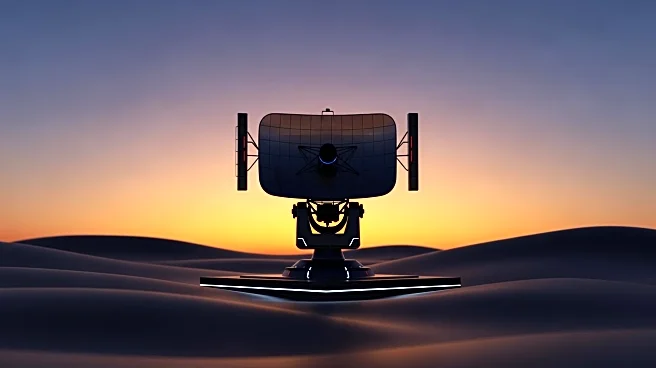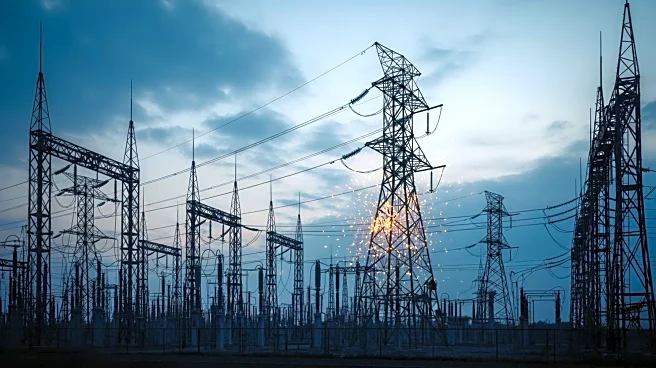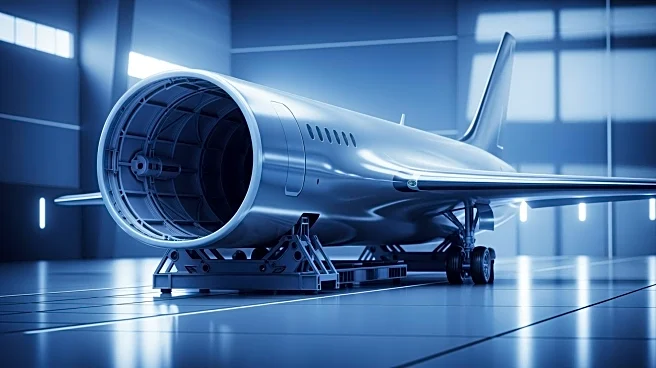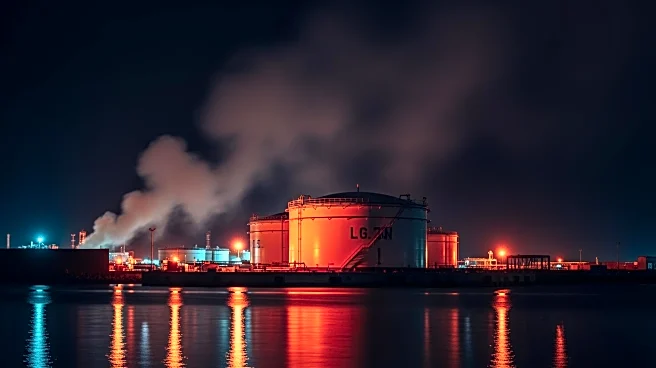What's Happening?
Lockheed Martin is experiencing growing interest from Middle Eastern countries, particularly the United Arab Emirates (UAE), in its Long-Range Discrimination Radar (LRDR) for enhanced air and missile defense
capabilities. The LRDR provides a 360-degree field of vision, expanding the radar horizon for systems like Patriot and THAAD. The UAE has been using THAAD since 2015, with combat use against Houthi ballistic missiles in 2022. Lockheed's vice president, Jason Reynolds, noted the strategic importance of LRDR in boosting air defense systems, allowing engagement of threats from all directions. The demand for advanced air defense capabilities is high across the region, prompting Lockheed to ramp up production of Patriot Advanced Capability 3 (PAC-3) missiles and THAAD interceptors.
Why It's Important?
The interest in LRDR from Gulf countries underscores the growing need for advanced air defense systems in response to regional security challenges. The ability to detect and engage threats from multiple directions enhances the strategic defense posture of countries like the UAE and Saudi Arabia. As missile threats evolve, particularly with tactics seen in conflicts like Russia's actions in Ukraine, the demand for robust defense systems is increasing globally. Lockheed's efforts to ramp up production of PAC-3 missiles and THAAD interceptors reflect the urgency to meet this demand. The integration of LRDR with existing systems like Patriot and THAAD offers a comprehensive solution to address modern air defense needs.












